Telling the origin of the inventions that changed the world is as fascinating as ever. It can be done by exploiting the magic of words, the suggestion of music or why not, images. And that is exactly what happens among the streets of Saludecio, a village in Romagna where the walls are tinged and brought to life by drawings depicting the birth of ingenious 19th-century creations. From cinema to Coca-Cola, from comic books to pizza Margherita via ballerina tutus to Levi’s jeans, new street art has been added to existing works every year since 1991. The occasion? An event called the “800 Festival”, during which artists bring their depictions to life while remaining in contact with the public, thus allowing for full participation by citizens and visitors. To date, there are about fifty murals and they constitute a true en plein air exhibition that has led the municipality to be mentioned as the “City of Painted Walls”.
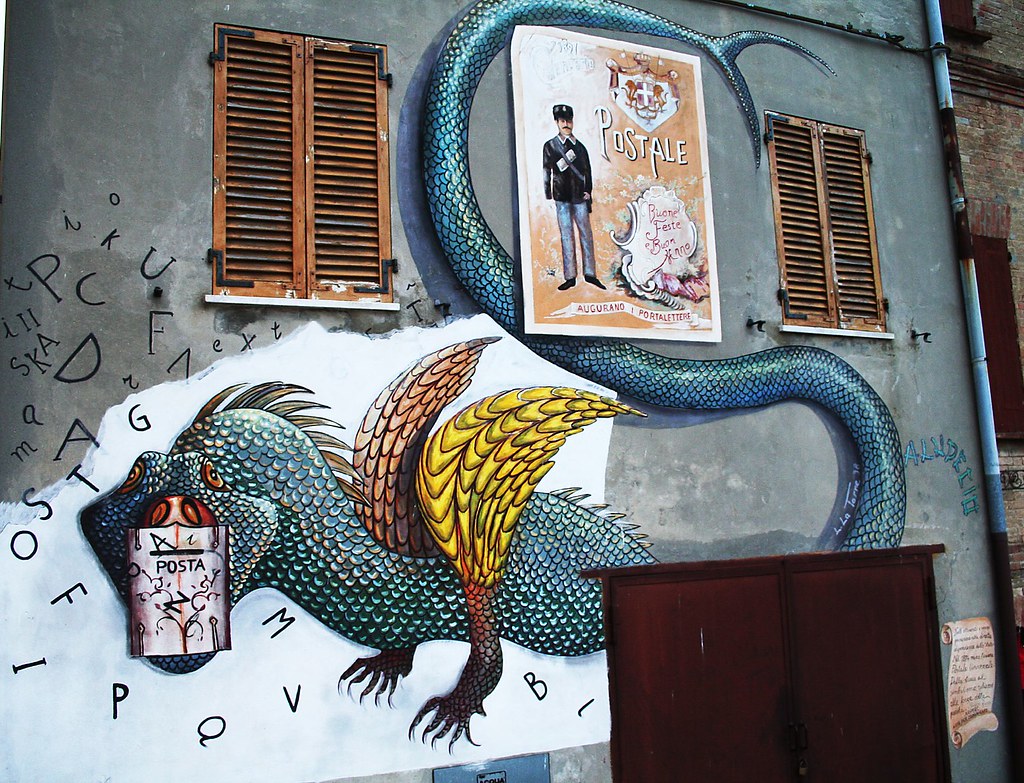
Ph. sipItaly.com/flickr
A journey through images among inventions
Saludecio’s adventure in the fabulous world of illustrated inventions began just over thirty years ago on the initiative of Marisa Russo’s Arperc (Art to Communicate) Association. After willingly accepting, the municipality gave the go-ahead to allow the muralists – chosen by Ms. Russo herself – to give vent to their inspiration, synthesizing with their works “The Inventions of the Nineteenth Century” so as to narrate past and present between history and symbolism. Wandering through the narrow streets nestled between Via degli Orti and Via Roma, an ups and downs of colors unfold before the eyes, and it is only the most curious who manage to discover even the most hidden spots. Figures that with their lines and shades evoke the fruit of brilliant minds that somehow revolutionized the habits of mankind. Who does not turn on a light bulb when it gets dark? Who has never used a razor blade? And then radio, telephone, automobile, photography, typewriter…and even the garter belt!
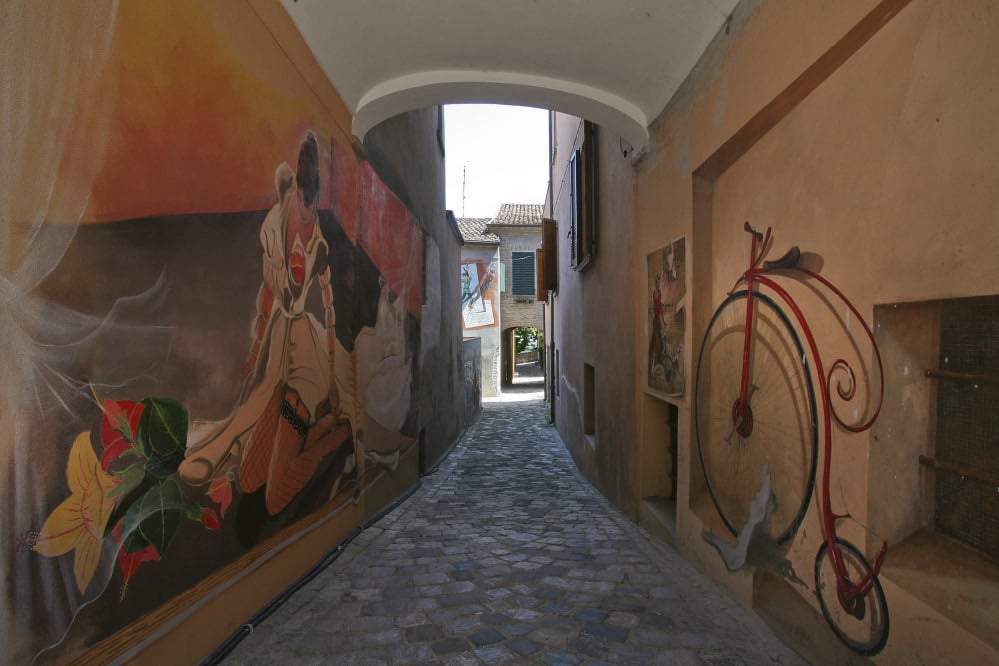
Ph. Paritani – Riviera di Rimini/flickr
The charm of ingenuity becomes street art
This inland Romagnolo village is part of the Italian Association of Painted Villages and because of this peculiarity it is a magnet for anyone who loves street art and does not want to miss the opportunity to take home some undoubtedly “Instagrammable” shots. The real fun lies in wandering around Saludecio getting inspired and, like a treasure hunt, unearthing an unseen mural. Some inventions might even seem obvious, think – for example – of the bicycle, but others are very special. Can one leave without immortalizing the illustrations celebrating the wedding favor and the bouillon cube?
Yet, this Rimini village holds much more in store. Indeed, as one juggles this creative maze, one comes across a variety of monuments and places of interest. Prominent among them all is the Church of San Biagio, which, in addition to housing the remains of the much revered St. Amato Ronconi, is a treasure trove of a substantial number of works of art.
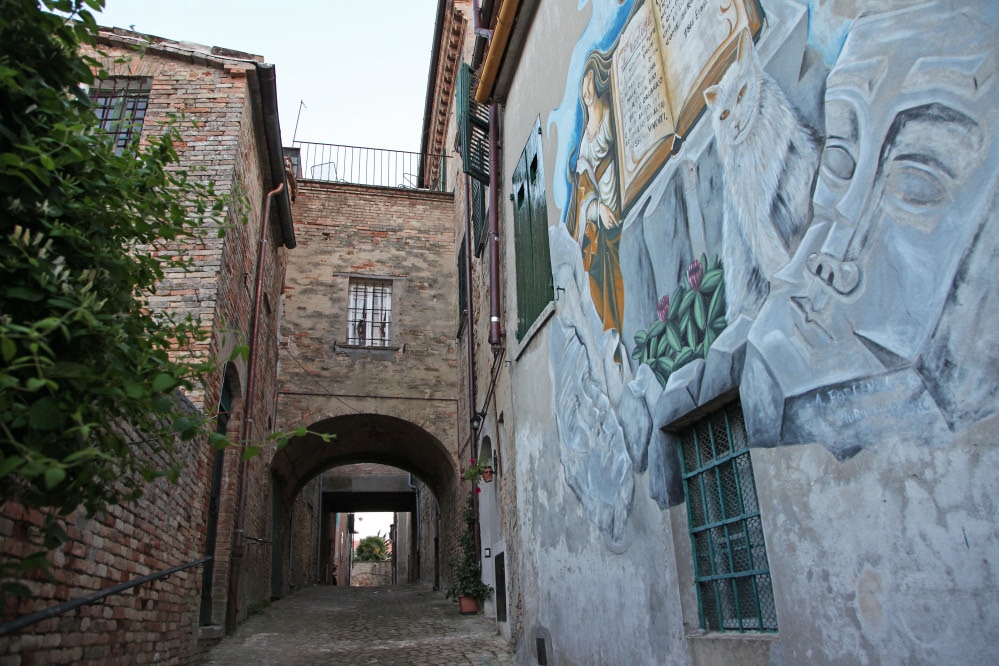
Ph. Paritani – Riviera di Rimini/flickr
Beyond art, devotion
The history of the village is closely linked to the figure of St. Amato Ronconi, a 13th-century man devoted to the poor and pilgrims, to whom several miracles are attributed. It is in the Museum of Saludecio and Beato Amato that a number of sacred objects are on display, testifying to the immense devotion of the population. The building stands in Piazza Beato Amato Ronconi, presenting itself as a roundup of nearly three hundred works documenting the religious spirit and cultural spirit of the town. Staying in the same square, one easily notices a chapel that only when approaching it reveals its wonder: small fragments of a large tree. It is what remains of the Beato Amato Elm, a plant that seems to have sprouted precisely as a result of a prodigy. Finally, the Castle of Cerreto, a few kilometers from the present town of Saludecio, is worth a stop. This rural village framed in the landscape is made famous by its carnival characterized by ancient masks called “Pagliacci.”
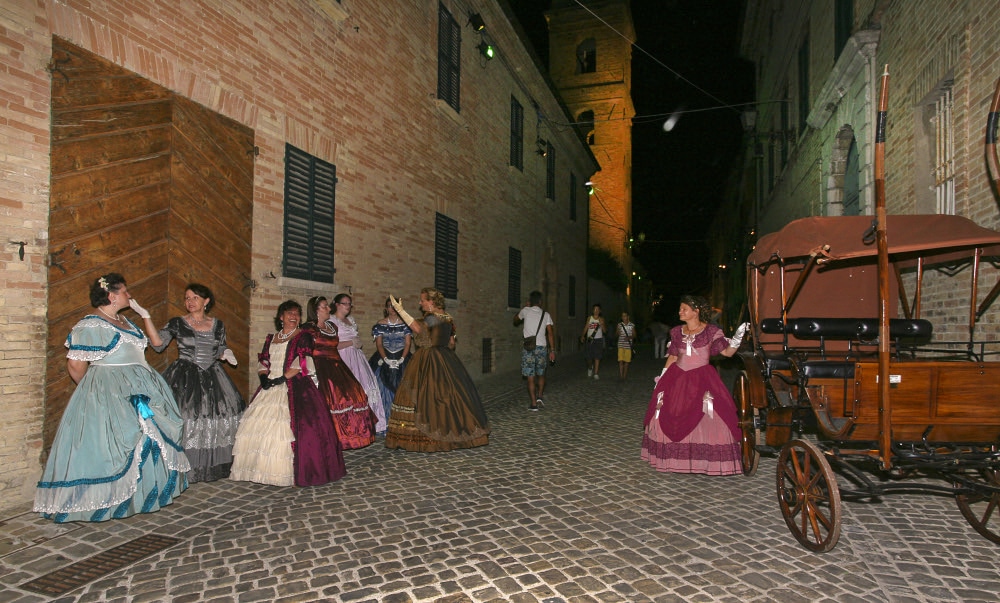
800 Festival, Ph. Paritani – Riviera di Rimini/flickr

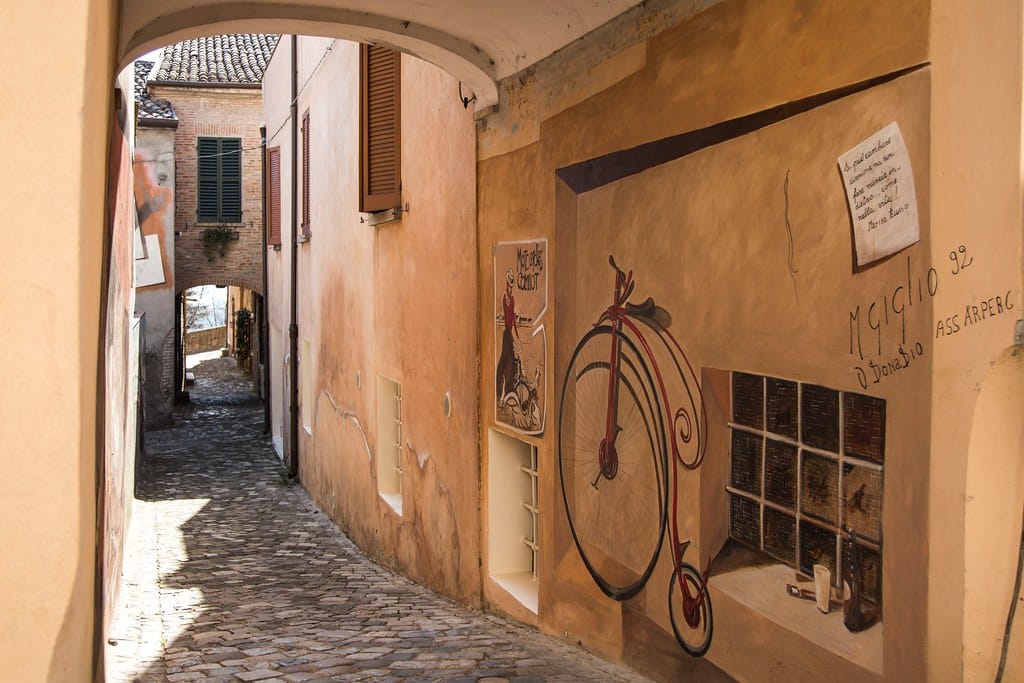
0 Comment